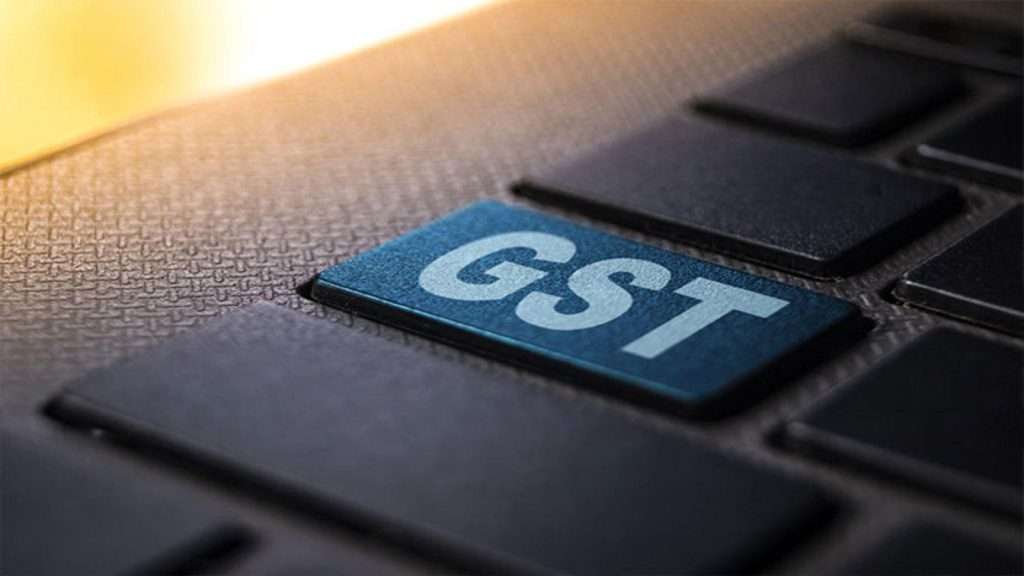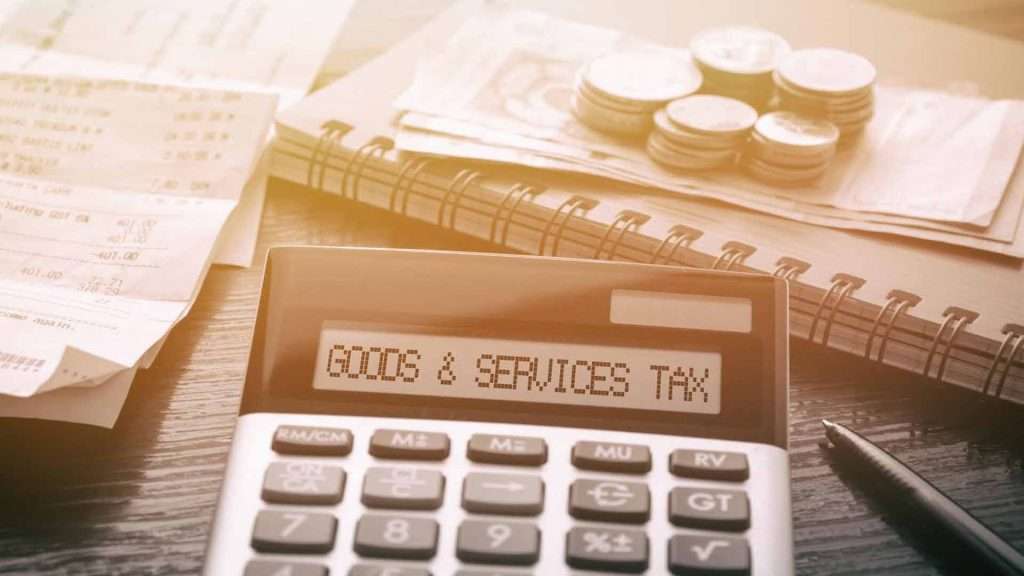The topic we will discuss today is! What are the due dates of GST payment? GST is an indirect tax and every taxpayer has to register themselves under GST return filing separately for each GST registration. There are different types of taxpayer such as General, Composition, Non-Resident, Input Service Distributor, TDS deductor, TCS collector. The number of GST returns will depend upon these type of taxpayers. Regularly, a taxpayer needs to record two returns for every month (GSTR-1, GSTR-3B) and a yearly return (GSTR-9/9C) for each GST registration autonomously.
To know the due dates of GST payment or file GST return, one should know the types of GST returns. Let us discuss the types of GST returns first:
1.GSTR-1
GSTR-1 is a return which is to be paid by a normally registered taxpayer for outward supplies of goods and services. Or, we can say it showcases all the sales transactions of a particular tax period. Every normally registered taxpayer has to file this tax each month. This return showcase details of invoices, credit/debit notes which are related to your outward supplies.
The time limit to file GSTR-1 is 10 days before the month-end. In some cases, the due date of the tax (GST Payment) can be extended by 10 days by the department for any class of taxpayers but if you want date extension your reason should be notified.

2.GSTR-2
GSTR-2 is a return which showcases the inward supplies of the goods and services, i.e., purchase transaction of a particular tax period. This tax is also paid by every normal registered taxpayer every month. The information contained in GSTR-2 is auto-populated from details contained in GSTR-2A. The due date of GST Payment or file GSTR-2 can be done between 11th and 15th day of the succeeding month from which the tax has been filed.
However, the filing of this tax type has been suspended ever since the establishment of GST.
3.GSTR-2A
GSTR-2A is a return in which all the inward supplies of the goods and services are made, i.e. this includes all the purchases made by the registered taxpayer of a particular time period. This is a read-only document which contains all the details filed by the suppliers in GSTR-1. Every normal registered taxpayer can go through this GST return type.
4.GSTR-3
GSTR-3 includes all the details like sales & purchase of goods and services, tax paid, etc. for a particular month. The return is re-generated based on the details filed in GSTR-1 AND GSTR-2.
GSTR-3 is to be filed by normally registered taxpayers, but this tax-type has been stopped ever since the GST established.
5.GSTR-3B
GSTR-3B is an improved month to month outline return of inward and outward supplies. It is a self-declaration exhibiting the synopsis of GST liabilities of the taxpayer for the expense time frame being referred to. Besides, it causes the citizen to release the tax liabilities in a convenient way. All normal authorised taxpayers have to file this tax by 20th of the succeeding month for which GST has filed.
6.GSTR-4
GSTR-4 return is filed by normal registered taxpayer who has chosen for the composition scheme. In the composition scheme, taxpayers with a turnover of 1.5 Crores pay the tax at a fixed rate every quarterly basis. This return has to be filed every three months in a year. There was a return named CMP-08 but it has now replaced with GSTR-4. This tax-type includes outward supplies made, taxes paid, purchase invoices, etc.
The due date for filing the return would be the 18th of the quarter month for which the return is to be filed. Like, if a taxpayer has to pay April-June return then the due date will be 18th July.
7.GSTR-5
GSTR-5 is a return which has to be paid by a non-resident foreign taxpayer who has business in India and is registered under GST. It includes inward supplies, outward supplies, fees/penalties, taxes paid and tax liability. This return has to be filed monthly by the registered non-resident taxpayer.
8.GSTR-6
GSTR-6 needs to be filed by the Input Service Distributor (ISD) on a monthly basis. This return includes all the details about credit invoices who are issued by ISD. It is a total summary of the input tax credit for distribution during a particular month. It is a read-only form.
9.GSTR-7
GSTR-7 return is to file by the deductors who are needed to deduct TDS under GST. It includes information like tax deducted at source, TDS liability, TDS refund if claimed, etc. The due date of the tax is within 10 days from the end of the month from which the deduction has been made.
10.GSTR-8
GSTR-8 return is a month to month return paid by each electronic trade (e-commerce) officer who is needed to deduct Tax Collected at Source under GST. This return contains details like supplies made through the e-commerce portal, tax amount collected from goods and services suppliers. This is also a monthly basis return.
11.GSTR-9
GSTR-9 is an annual return which has to be filed by registered taxpayers. It includes information of inward supplies and outward supplies received with taxes payable details. Every taxpayer except the non-resident taxable person, Input Service Distributor, the person paying taxes under Section 51 and 52, who opted for composition scheme and casual taxable person registered under GST has to pay.
12.GSTR-9A
GSTR-9A return is an annual return which is to be paid by registered taxpayers who have opted for Composition Scheme needs to be filed every financial year. This return includes details like inward and outward supplies, penalty, taxes paid, input tax credit.
13.GSTR-9C
GSTR-9C return is enrolled by the individual having a total turnover of more than Rs. 2 crores in a financial year. The taxpayer should have a chartered account to get the audit of his accounts. He needs to submit the audited accounts and a reconciliation statement. The reconciliation statement contains between supply financial audited statements and annual GSTR-9C return has to be filed.
As per CBIC notifications, GSTR-9C can be paid by a taxpayer having a turnover of 5 crores for the financial year 2018-19.
14.GSTR-10
GSTR-10 is a final return filed by a registered taxpayer whose GST registration got cancelled or surrendered. This return has to be filed within 3 months from the date of cancellation of the order of cancellation.
15.GSTR-11
GSTR-11 return has to be filed by taxpayers who get allotted a Unique Identity Number (UIN). Taxpayers get UIN so that they can get a refund for goods and services under GST in India.
Due dates of GST payment
GSTR-1: It should be paid monthly or quarterly (if required)
DUE DATE– 11th of the succeeding month started from October 2018 to September 2020. (previously it was 10th of the succeeding month).
GSTR-2: Monthly paid
DUE DATE– 15th of every succeeding month
GSTR-3: Should be paid monthly
DUE DATE– 20th of every succeeding month.
GSTR-3B: Should be paid on monthly basis.
DUE DATE– 20th of every succeeding month for all taxpayers.
GSTR-4: It should be paid Annually
DUE DATE– 30th of the month succeeding the financial year.
GSTR-5: Monthly paid.
DUE DATE– 20th of every succeeding month.
GSTR-6: Monthly paid.
DUE DATE– 13th of every succeeding month
GSTR-7: Monthly paid
DUE DATE– 10th of every succeeding month
GSTR-8: Monthly paid
DUE DATE– 10th of every succeeding month
GSTR-9: It has to be paid annually.
DUE DATE– 31st December of succeeding financial year
GSTR-9A: It has to be paid annually.
DUE DATE– 31st December of succeeding financial year
GSTR-9C: It has to be paid annually.
DUE DATE– 31st December of succeeding financial year
GSTR-10: It has to be paid when GST registration gets cancelled or surrendered.
DUE DATE– within 3 months of the cancellation date or order of cancellation
GSTR-11: It is on a monthly basis
DUE DATE– 28th of the month succeeding the month for which statement is filed.
*This dates can be subject to change according to the orders/Notifications*.
GST Registration online – click here
GST returns filed late:
You should file GST return even though you have no transaction. It is mandatory, you can file a Nil return in that case.
- If you don’t file previous month/year’s return you are not allowed to file a return.
- If you file GST return late you will have an overflow effect of late fees and penalties.
Penalty/Interest for late GST payment:
- Interest will be charged at 18% p.a. This interest is calculated by the taxpayer on the amount of tax liability outstanding. The time-limit to pay (GST Payment) is from the next filing day to the actual date of payment.
- Late fees are Rs.200 (Rs.100 for CGST and Rs.100 for SGST). Maximum late fees are Rs. 5000. However, there are no late fees for IGST.





